The performance of the Snapdragon 652 this year can be described as unstoppable. Since the end of last year, models equipped with the Snapdragon 652 have been available in the price range of 1699 to 3799 yuan, with pricing that caters to various consumer needs and excellent energy efficiency, ensuring that the Snapdragon 652 is highly sought after by both consumers and smartphone manufacturers. The Snapdragon 652 is built on a 28nm process and features an octa-core design, consisting of four Cortex-A72 big cores and four Cortex-A53 small cores, along with an Adreno 510 GPU, dual ISP, DSP, and a custom module for the Snapdragon X8 LTE modem.

Some readers may still have doubts about the performance of the 28nm Snapdragon 652 compared to the Snapdragon 650, as the importance of chip architecture has been somewhat overlooked due to the excessive interpretation of process technology in recent years. In fact, the Cortex-A72 architecture has made significant improvements in energy efficiency compared to the Cortex-A57, allowing Qualcomm to create a processor that balances performance and battery life without needing to upgrade the process technology. Similar examples in the industry are not uncommon; Nvidia’s previous excellent graphics card architecture, Maxwell, was also pushed to its limits by the 28nm process, which has been shared in previous articles.
Modular Design and Selfie Powerhouse
The LG G5, which evolved from Project Ara and is equipped with the Snapdragon 820, has garnered significant attention in the industry. The LG G5 SE, which features a different processor, has also become a hot topic recently. Unlike other models that end with terms like youth edition, SE, or mini, the LG G5 SE does not reduce the size of the body compared to the LG G5, nor does it significantly downgrade its specifications. The LG G5 SE continues the modular design, allowing the battery module to be replaced with LG Cam Plus and LG Hi-Fi Plus, with the former providing an additional 1140mAh of power. Compared to the LG G5, it inherits a full metal body, 2K screen, always-on display feature, dual cameras, fingerprint recognition, and USB Type-C interface, making the LG G5 SE unbeatable in this price range.
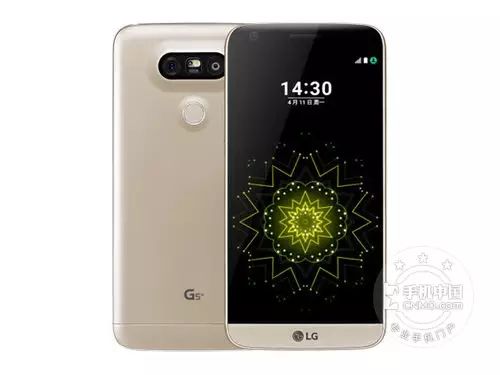 LG G5 SE
LG G5 SE
Thanks to the powerful dual ISP design of the Snapdragon 652, the LG G5 SE can handle the imaging performance of three cameras: an 8-megapixel front camera, an 8-megapixel wide-angle rear camera, and a 16-megapixel standard rear camera. The rear cameras can work together to achieve a zoom function ranging from 0.5x to 8x, although most of this zoom range is digital zoom. We can consider the 0.5x to 1x zoom range as the contribution of the 8-megapixel wide-angle camera. When connected to the LG Cam Plus, the LG G5 SE can provide a digital camera-like grip experience with physical zoom and shutter buttons. The built-in camera software of the LG G5 SE is rich in features, including professional mode, face detection, gesture selfies, and image enhancement functions.
LG G5 SE[Reference Price] 3499 yuan
OPPO smartphones have long been synonymous with selfie powerhouses, and the latest OPPO R9 Plus features dual 16-megapixel cameras on the front and back. The front 16-megapixel camera enhances sensitivity and tolerance to light, resulting in clearer and brighter image quality, as well as better performance in low light. Some selfie powerhouses have overly exaggerated beauty algorithms or overly heavy makeup effects that make selfies unshareable online. The OPPO R9 Plus’s OPPO Beauty 4.0 algorithm can customize a more flattering beauty plan based on skin conditions and facial features. The main camera has been upgraded to 16 megapixels, with an F2.0 aperture, 6P lens group, dual-tone flash, and phase detection autofocus technology, while 4K video and high dynamic range (HDR) recording are also supported.
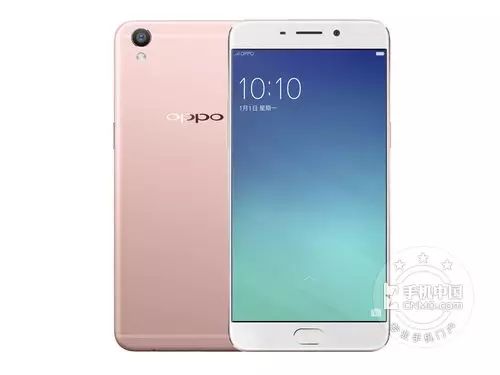 OPPO R9 Plus
OPPO R9 Plus
In addition to photography, the craftsmanship of the OPPO R9 Plus is also exquisite, featuring a sandblasted metal back cover and a 1.76mm ultra-narrow bezel, weighing 185g while housing a 4120mAh battery in a slim body. The perfect hand feel is unforgettable, and the appropriately rounded body alleviates the one-handed operation issues brought by the 6-inch screen. The OPPO R9 Plus uses a front-press fingerprint recognition system, which is faster and more accurate than competitors. After three years of research and two years of market validation, VOOC flash charging technology has gained a good reputation, and combined with the 4120mAh large battery of the OPPO R9 Plus, its battery life is superior compared to other phones of similar size.
OPPO R9 Plus[Reference Price] 3299 yuan
Battery Life Champion and Multimedia Flagship
The Samsung A9 high-end version is currently the strongest flagship model in the Samsung A series, with generous hardware specifications. The 6-inch 1080P Super AMOLED screen, Snapdragon 652 processor, 4GB RAM, and 32GB ROM allow the Samsung A9 high-end version to handle daily office tasks and large 3D games with ease. Compared to the Samsung A9, the high-end version has increased the battery capacity from 4000mAh to 5000mAh, combined with the excellent energy efficiency of the Snapdragon 652 and built-in DSP support, resulting in outstanding battery life, along with fast charging technology. The design features a dual-glass body and a front-press fingerprint recognition button. The Samsung A9 high-end version continues the dual SIM dual standby feature (on the side of the body) and supports full network access, allowing for the insertion of a storage card of up to 128GB (at the top of the body).
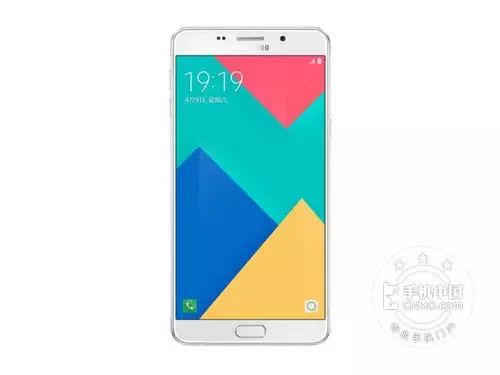 Samsung A9 High-End Version
Samsung A9 High-End Version
The Samsung A9 high-end version features an 8-megapixel front camera and a 16-megapixel main camera, both with an aperture of F1.9. The main camera supports optical image stabilization, and with the built-in professional photography mode, the Samsung A9 high-end version can produce brighter and more vibrant night photos. Continuing the features of the Samsung S series flagship models, double-clicking the physical home button on the front can quickly wake the built-in camera from any interface, a feature that becomes addictive once accustomed to it. With the Snapdragon 652’s dual ISP algorithm tuning and the quality of the CMOS sensor, the Samsung A9 high-end version’s imaging performance in both day and night has surpassed that of the former Samsung S5, although there is still room for improvement compared to the Samsung S6 and S7.
Samsung A9 High-End Version[Reference Price] 2999 yuan
Vivo has always excelled at launching premium models in the 2000-3000 yuan price range, whether it’s the ultra-thin Hi-Fi 2.0 device Vivo X5Max or the Vivo Xshot that captures stunning night scenes. After the successful launch of Vivo X6 and Vivo X6Plus in this price range, Vivo has further upgraded their specifications, with the most significant change being the switch from MTK processors to the Snapdragon 652. The Vivo X6S Plus is particularly noteworthy, featuring 4GB RAM and 64GB ROM paired with the Snapdragon 652 processor, allowing for faster photography, smoother performance in large games, and quicker multitasking. With a faster fingerprint recognition module and dual-engine flash charging technology, the Vivo X6S Plus always provides a superior user experience, making its slogan “Fast is Fun” resonate even more.
 Vivo X6S Plus
Vivo X6S Plus
The biggest advantage of the Vivo X6S Plus compared to other phones in the same price range is its sound quality, featuring a CS4398 DAC and AD45257 professional operational amplifier, which is also the Hi-Fi solution for the Vivo Xplay5. The CS4398 is well within Vivo’s expertise, and the overall sound quality of the Vivo X6S Plus is quite pleasing to the ears, especially when paired with the included original headphones. The Vivo X6S Plus features an 8-megapixel front camera and a 16-megapixel main camera, supporting phase detection autofocus technology. Similar to OPPO and Samsung, this Vivo model equipped with the Snapdragon 652 also emphasizes a large screen, featuring a 5.7-inch 1080P AMOLED display.
Vivo X6S Plus[Reference Price] 2798 yuan
Bigger than Bigger
If the flagship models mentioned above can be classified as large-screen phones, the next two models can undoubtedly be called giant-screen phones. The ASUS ZenFone 3 series has completely abandoned the long-unupdated Intel processors, instead focusing on a giant-screen experience with the ASUS ZenFone 3 Ultra, which uses the Snapdragon 652. The ASUS ZenFone 3 Ultra features a massive 6.8-inch screen, and to ensure a balanced visual and auditory experience, it incorporates dual speakers and an NXP smart amplifier, supporting 192kHz/24bit lossless audio sources and has Hi-Res Audio certification. Specific features have appeared in previous models like the LG V10 and HTC 10, which have become standard configurations in recent flagship devices.
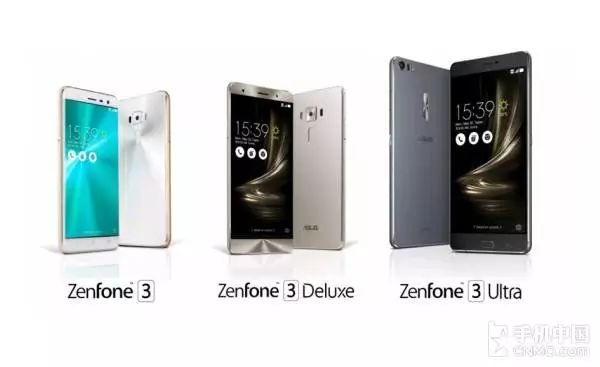 ASUS ZenFone 3 Series
ASUS ZenFone 3 Series
Similar to the ASUS ZenFone 3 Deluxe, which is positioned as an annual flagship, it features a 23-megapixel main camera, which is a high-pixel sensor rarely sold by Sony. With a larger body and screen size, stronger processor performance, and a more powerful camera module, the battery capacity must also be increased to prevent battery life from becoming a drawback. The 4600mAh large battery, combined with Qualcomm Quick Charge 3.0 technology, allows users to fully enjoy the multimedia experience brought by the ASUS ZenFone 3 Ultra while ensuring that battery life does not become a limitation. Unlike the other two models in the series, the ASUS ZenFone 3 Ultra features a front fingerprint recognition module, making it more suitable for unlocking with one hand.
ASUS ZenFone 3 Ultra[Reference Price] To be announced
The Xiaomi Max is currently the most affordable smartphone equipped with the Snapdragon 652, with an attractive appearance and hardware specifications. It features a 6.44-inch 1080P giant screen, with an excellent screen-to-body ratio. The front is covered with a 2.5D protective glass, while the back is made of metal. This giant screen supports sunlight and night modes, and includes eye protection and color temperature adjustment options. Although the fingerprint recognition button is located on the back, it is still accessible for one-handed operation. The body is equipped with an infrared remote control transmitter and supports full network access, allowing users to choose between TF card expansion and one SIM card.
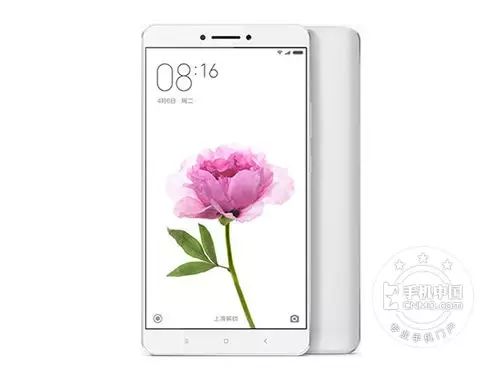 Xiaomi Max
Xiaomi Max
The Xiaomi Max features 3GB RAM and 64GB ROM, paired with the Snapdragon 652 processor, providing a very smooth system experience. The 4850mAh large battery is comparable to entry-level tablets, and with the Snapdragon 652’s excellent energy efficiency, the Xiaomi Max’s battery life is not significantly inferior to that of the Redmi Note 3 and Redmi 3. The 5-megapixel front camera and 16-megapixel main camera both feature an F2.0 large aperture, making them quite competitive for a giant-screen phone. The main camera supports phase detection autofocus, low-light image enhancement technology, and HDR (high dynamic range) adjustment technology. The front camera supports the second-generation 36-level intelligent beauty and real-time beauty features, as well as mirror functions and real-time beauty assessments.
Xiaomi Max[Reference Price] 1699 yuan (3GB RAM + 64GB ROM)
Conclusion: After about six months of market positioning, Snapdragon 652 models have successfully captured a share of the mid-to-high-end smartphone market, with the emergence of cost-effective models like the Xiaomi Max priced below 2000 yuan. We also see the LG G5 and LG G5 SE, HTC 10 and HTC 10 Lifestyle, Vivo Xplay5 flagship version and Vivo Xplay5 forming a dual flagship pattern, allowing the Snapdragon 820 and Snapdragon 652 to firmly control the flagship and mid-to-high-end markets. The two flagships share many attributes, such as modular design, powerful photography capabilities, and excellent Hi-Fi experiences. Qualcomm and smartphone manufacturers’ strategies ultimately benefit consumers, allowing users with different purchasing power to make choices between these dual flagships based on their budgets.
